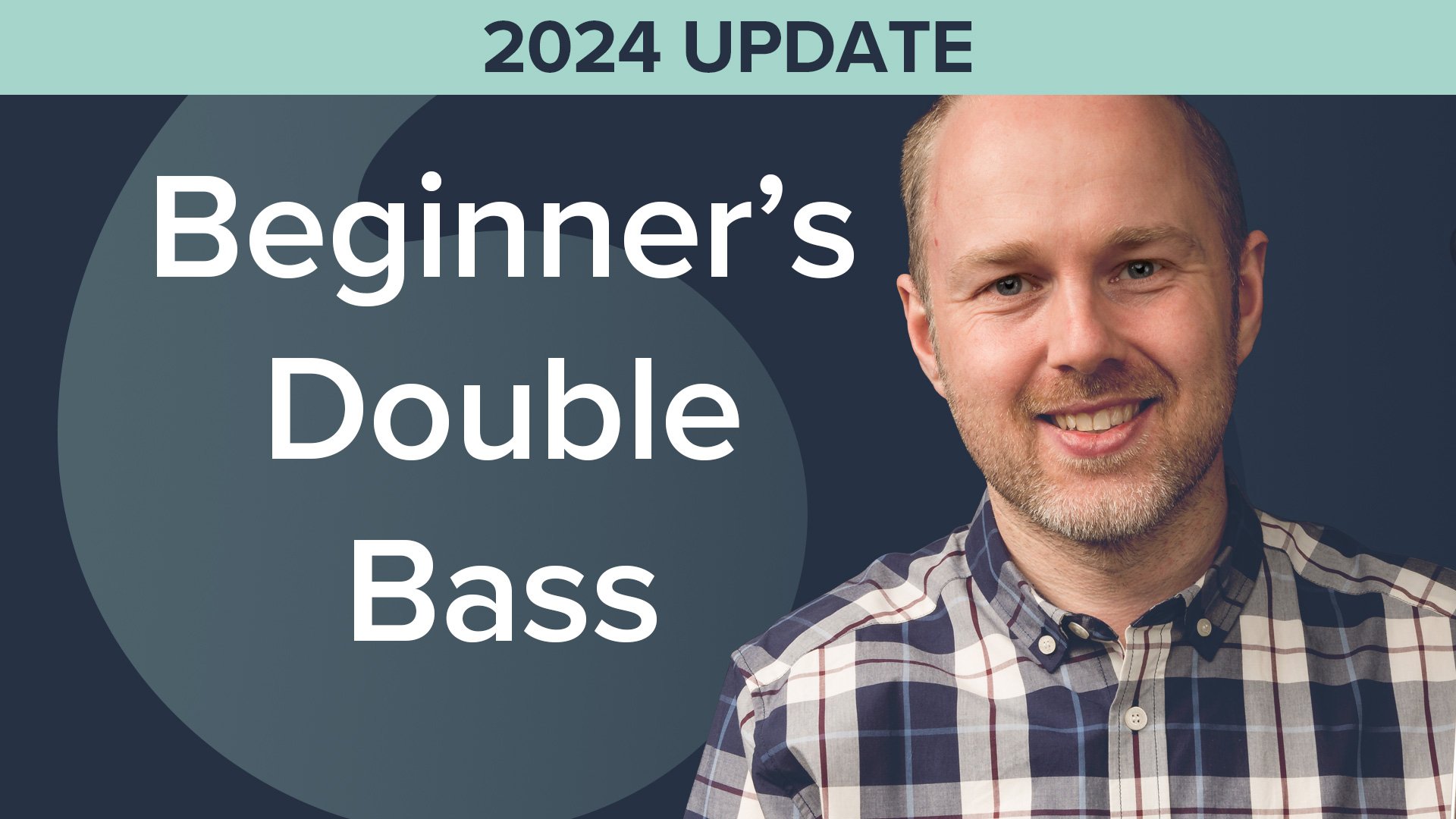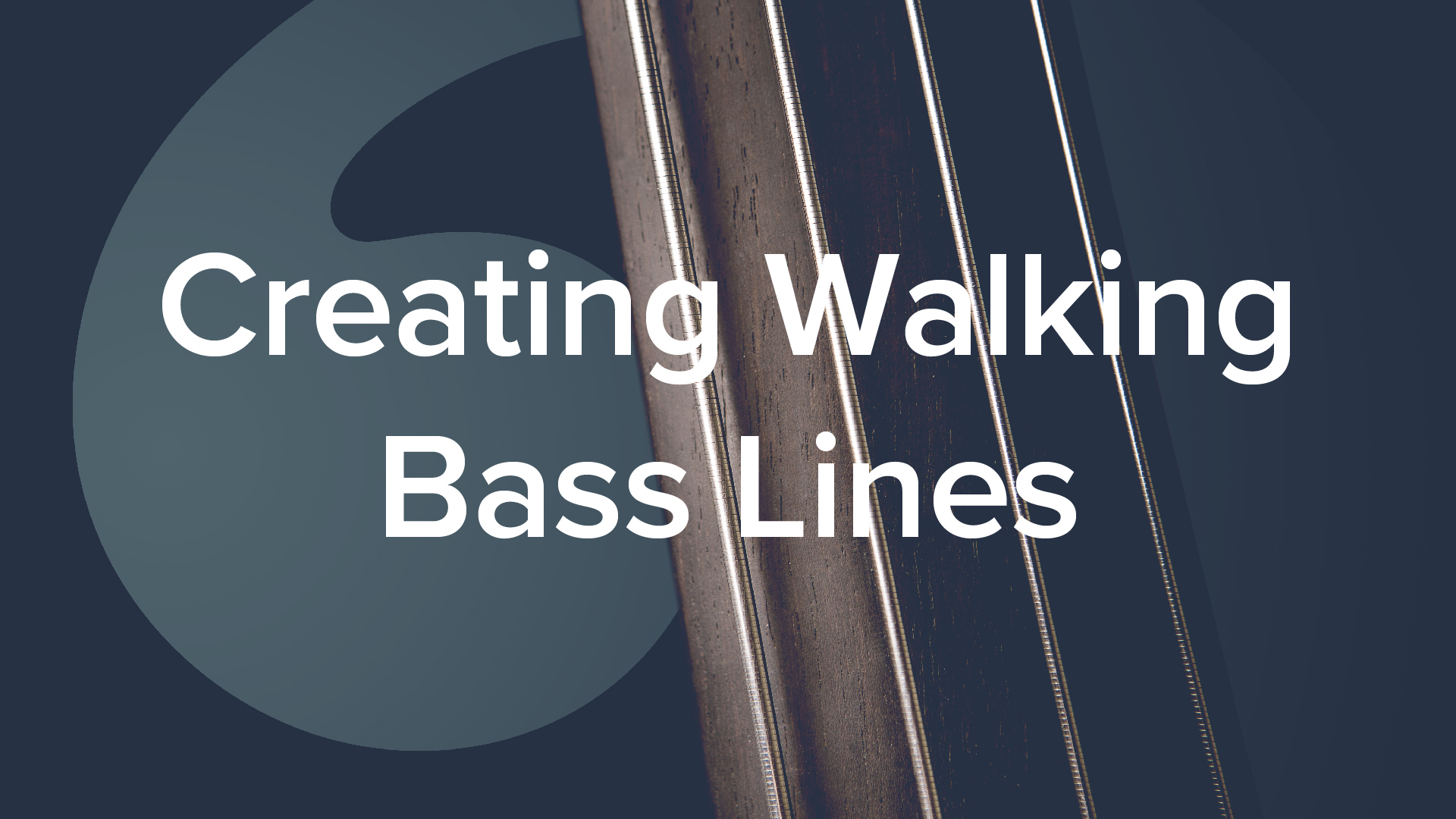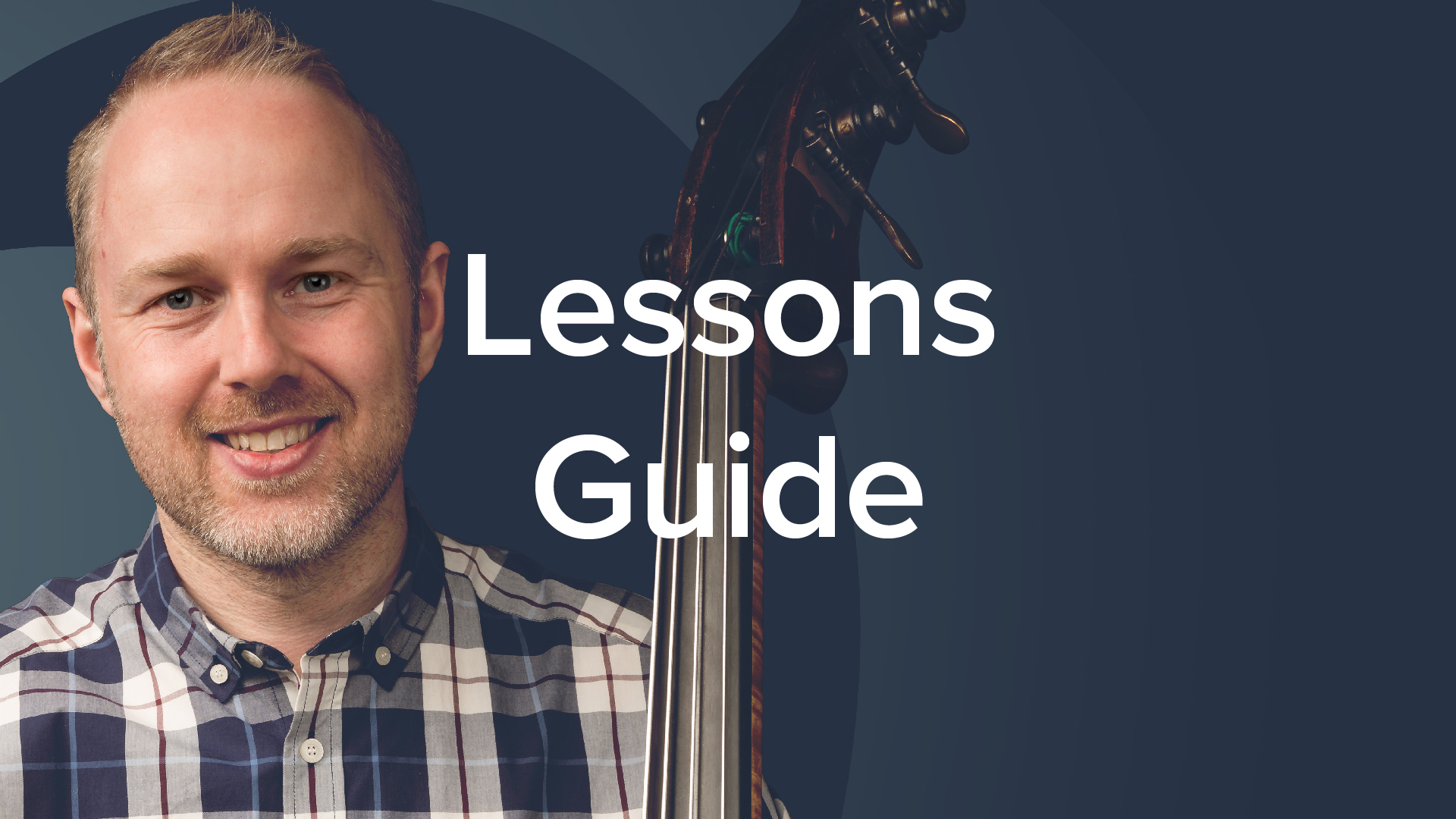The most noticeable mistakes in music are rhythmic. It doesn’t matter what instrument you play. If the rhythm is off, it’s apparent to every listener. Errors in note choices or intonation are never good, but mistakes in rhythm will instantly sink the best tune.
All musicians need to perform their music with rhythmical accuracy and a consistent tempo. However, because bassists are part of the rhythm section and have a huge effect on the overall tempo and feel of the music, the bassist’s role is particularly important.
Here are my top tips to help you improve your time feel.
#1. Record yourself and use the recording to evaluate your playing. Rhythmic errors are much harder to spot in real time than a wrong pitch or bad intonation. Recordings, fortunately or unfortunately, reveal everything. The best way to assess your rhythmical accuracy is to record yourself playing and then listen to the recordings.
Also, listen to recordings of you playing with a band and skip from the start of the piece to the end to see if the tempo has changed. The tapping feature on most electronic metronomes makes this quite easy to do. If you hear variations in tempo, listen again to help identify why and where the tempo changed. Information like this is invaluable and you can only acquire it by listening carefully away from your instrument.
#2. Sing or clap rhythms. If you can’t sing or clap the rhythmic pattern of your bass lines, you will never be able to play them accurately on the bass. Put your bass down and focus solely on clapping or singing the rhythm.
#3 Tap your feet. When practising music with a straight feel, tap your foot on beats one and three. When playing music with a swing feel, tap your foot on beats two and four. Make sure that you don’t accent these notes in your bass lines, just tap your foot and observe how it affects the way you feel the music.
This sounds easy to do, but it’s something I’ve seen many students struggle with, so make sure you are comfortable with it.
#4. Sing the subdivisions of each beat as you play. For example, sing two 8th notes (e.g., one and two and, etc.) if the music has a straight feel like a lot of rock music, or a triplet (e.g., trip a let, trip a let, etc.) if it’s swung like a lot of jazz. You need to be able to lock into the subdivisions of the beat to play with great time. Practice this by singing the subdivisions of the beat whilst listening to music away from your instrument.
#5. I recommend you use a metronome when practising. It acts both as a reference point to help identify your mistakes and to monitor the tempo of the music. We all have a tendency to increase the speed as soon as possible when learning a new exercise. Practising at slow tempos is most effective, so use a metronome to stop you from rushing ahead.
The metronome will also help you identify errors in note length. Cutting longer notes short, or not 'playing' a rest are both common problems that you should be looking out for. Recording yourself playing an exercise with a metronome will help you to identify any issues.
If the piece or exercise you are learning is new you may wish to practice it out of time (without a metronome) until you are familiar with the notes and fingerings.
#6. Learn to read and write music. Seeing rhythms written down and being able to interpret the patterns will help your playing immensely. When you get really good at this, you can hear a rhythm and visualise what it looks like on paper. This visual guide will increase your understanding of rhythm.
#7. Watch your speed. It’s very common for musicians to play faster as they get louder and slower as they get quieter. Make a conscious effort to keep a consistent tempo when there are changes of dynamics.
#8. Stay bass fit. Playing for long periods of time requires you to be “bass fit.” If you don’t play regularly, it’s likely you will struggle to play fast pieces at a consistent tempo.
#9. Monitor your progress. The main problem with rhythmic errors is not being aware of them. You need to set aside time in your practice routine to work on assessing and improving your time feel. With focused effort, you can monitor your progress and identify your areas for improvement.
#10. Technique tune up (the bonus tip!) Rhythmic errors are often due to problems with technique. This is especially the case with the right hand so be sure to check your string crossings, bow strokes, etc to make sure that you are playing as accurately as you can.
I hope these tips have been helpful. If you would like to join the conversation and let us know what has helped improve your timing, please leave a comment below.
- Geoff Chalmers
Want to learn more from Geoff? Check out his full length courses, exclusively on Discover Double Bass








